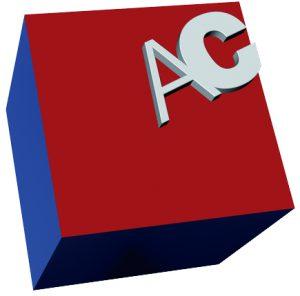Interface & communication standards
… are indispensable basis …
the interoperability of systems, which in turn forms the basis for the development of system networks. Intelligent transport systems, which in many places began as isolated solutions, can only meet the demands placed on them in the 21st century if they are capable of communication and interconnection.
Traffic situation information and current warning messages flow from the transport network operator to a large number of public and private service providers. Construction sites are captured in dedicated management systems and passed on to traffic centres to assess their traffic impact before final confirmation. The result is directly taken into account in forecasts and navigation instructions. The cooperative interaction of vehicles and road-side facilities (e.g. traffic lights or so-called road-side stations), called cooperative intelligent traffic systems (C-ITS), makes this networking scenario even more complex.
All these communication relationships require manufacturer-independent interoperability, and thus interface and communication standards.
National and European standardization
In the age of globalisation …
standards must increasingly be seen internationally. For a long time now, European transport has largely not stopped at the borders of the member states. Unfortunately, the related information for drivers and traffic management as well as the validity of the specifications underlying the systems they replace still do so in many cases. It is obvious that the requirements of the European Economic Area will not tolerate this for long. Already today, important activities at governmental and ministerial level, both national and European, are on this path, and European standards will play a fundamental role in their implementation.



